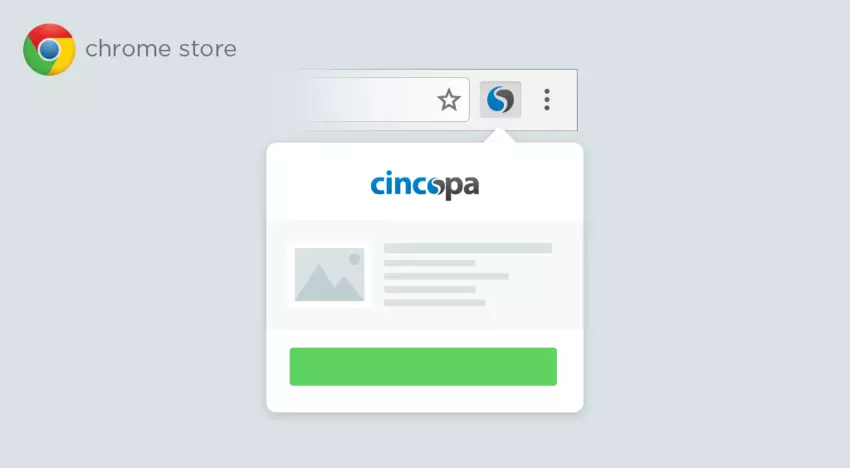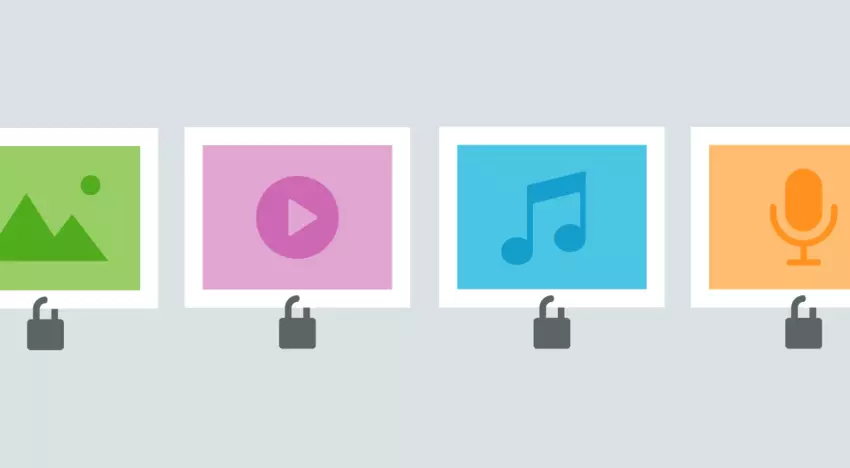Video is one of the biggest marketing trends these days, but it’s constantly evolving. Due to increasing video content consumption, video is expected to take up to 82% of the total Internet traffic by 2020. Therefore, every digital content creator, publisher, online entrepreneur, marketing specialist, website or blog owner, should stay up-to-date with emerging ways of using video to captivate their online audience. Check out these 5 trending video marketing techniques provided by Cincopa team, that will be of extra importance for the rest of 2017 and continue their development in the following years.
Video annotations
It seldom happens that you simply publish a video and get great results without using any marketing techniques. Video annotation is a must-have tool that helps to hook viewers, boost engagement and maximize traffic to your website. By adding video annotations to your video marketing mix you can make even short videos as informative as possible and keep viewers better focused while watching. Here are the top 5 video annotation types:
- Title annotation – adds overlay text to online video that’s perfect to highlight some important parts of it.
- Label annotation – allows inserting a customizable textbox with a link directly in the video player. The textbox can be clickable to direct viewers to a specific web page.
- Timeline annotation – shows up above a video timeline and visually divides it into sections. Such annotation may also contain text with and an active link. As an example, you can use title annotation to emphasize some projects from your video portfolio.
- Spotlight annotation – overlay your video with text in a visually attractive frame, create a custom color background.
- Note annotation – larger text notes in the video player can help viewers to understand your video better.

Video subtitles
Video subtitles is a great technique making your videos more popular in online search and allowing you to expand the audience. Video subtitles work for SEO helping search engines like Google to ‘read’ the video and rank your content higher for certain keywords. As soon as your content becomes more popular in web search, more people will be willing to watch it in different situations. Even busy people will get access to your videos when the sound can’t be played, for example: in noisy public transport, during work time or late at night. You can also translate your video to an unlimited number of languages and make your brand popular in other countries by letting your viewers watch the video in their native language.

Video call-to-action
There is another trending video marketing technique known as ‘call-to-action’ (CTA), that can easily engage your audience and generate conversions. A video call-to-action is a short and catchy text line or button with text that motivates viewers to undertake actions. For example, you might ask them to sign-up for a newsletter, visit a landing page, check out a product in your catalog, etc. When a viewer that has been engaged with your content clicks on it chances are the desired marketing conversion will be achieved.

JSON-LD video embed code
When you add video to your website or blog you definitely should use JSON-LD embed code. JSON-LD is a new super SEO-friendly video embed code standard adopted by major video hosting platforms, such as Cincopa. When you paste the video embed code to your website, all metadata from titles, description, tags, captions, etc., is placed in the <head> section of a web page. It helps search engines, such as Google and Bing, to index videos available on the webpage faster and associates them with keywords used in meta fields and page text. As a result, users will be more likely to discover web pages with your video among other search results.

Video heatmaps
Want to make sure your audience is engaged at the maximum level? Check with video heatmaps. When you want to understand why some of your videos have more views, higher conversions and others have not – video heatmaps can give you a detailed understanding of how people interact with every specific video. Video heatmaps work as a part of advanced video analytics and represent engagement during the entire video playback in the form of a graph. By analyzing engagement curve, you can figure out which parts of a video appeared to be more interesting for customers, understand why they stop viewing your video and find ideas to improve the quality of your content.









